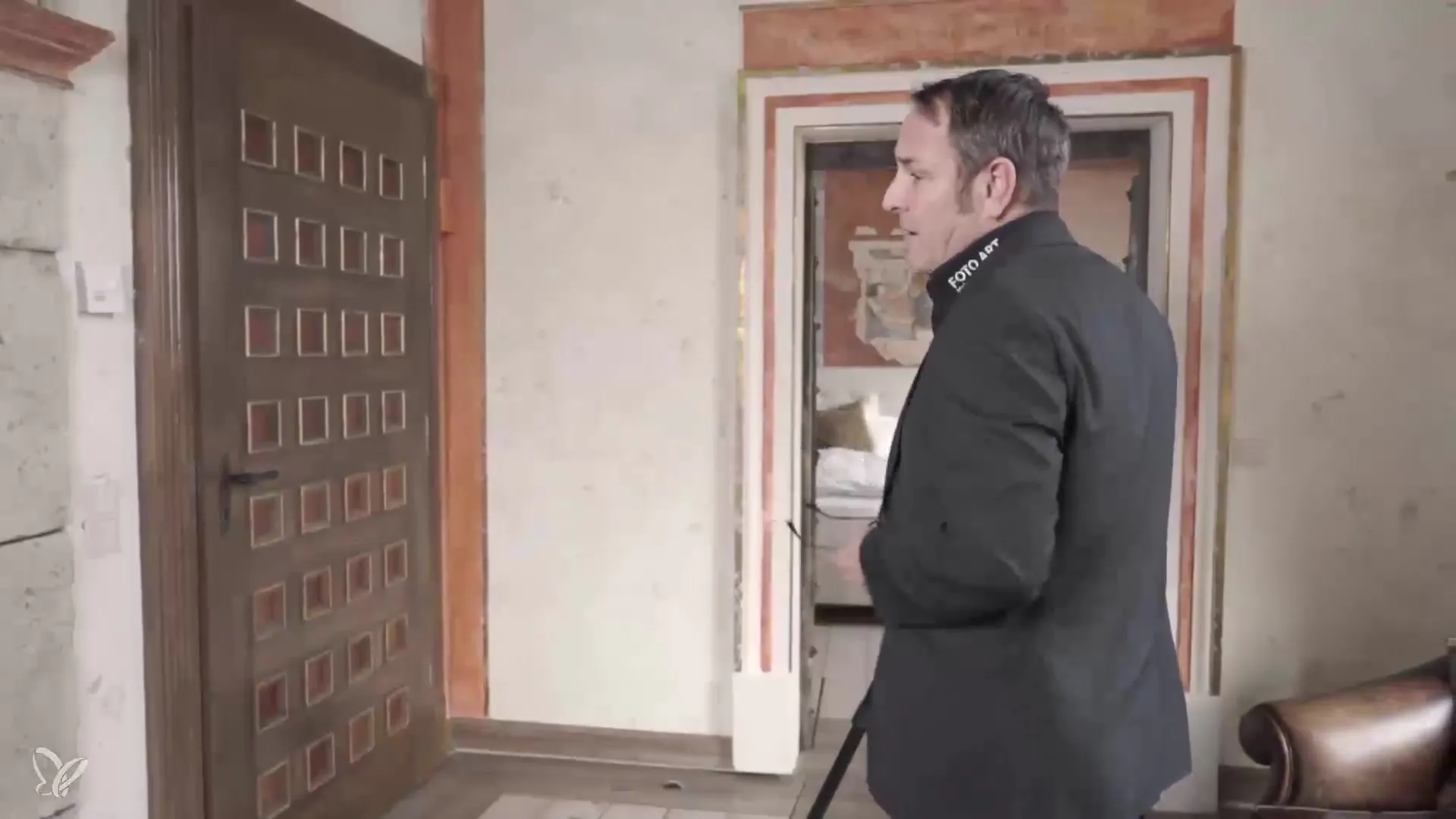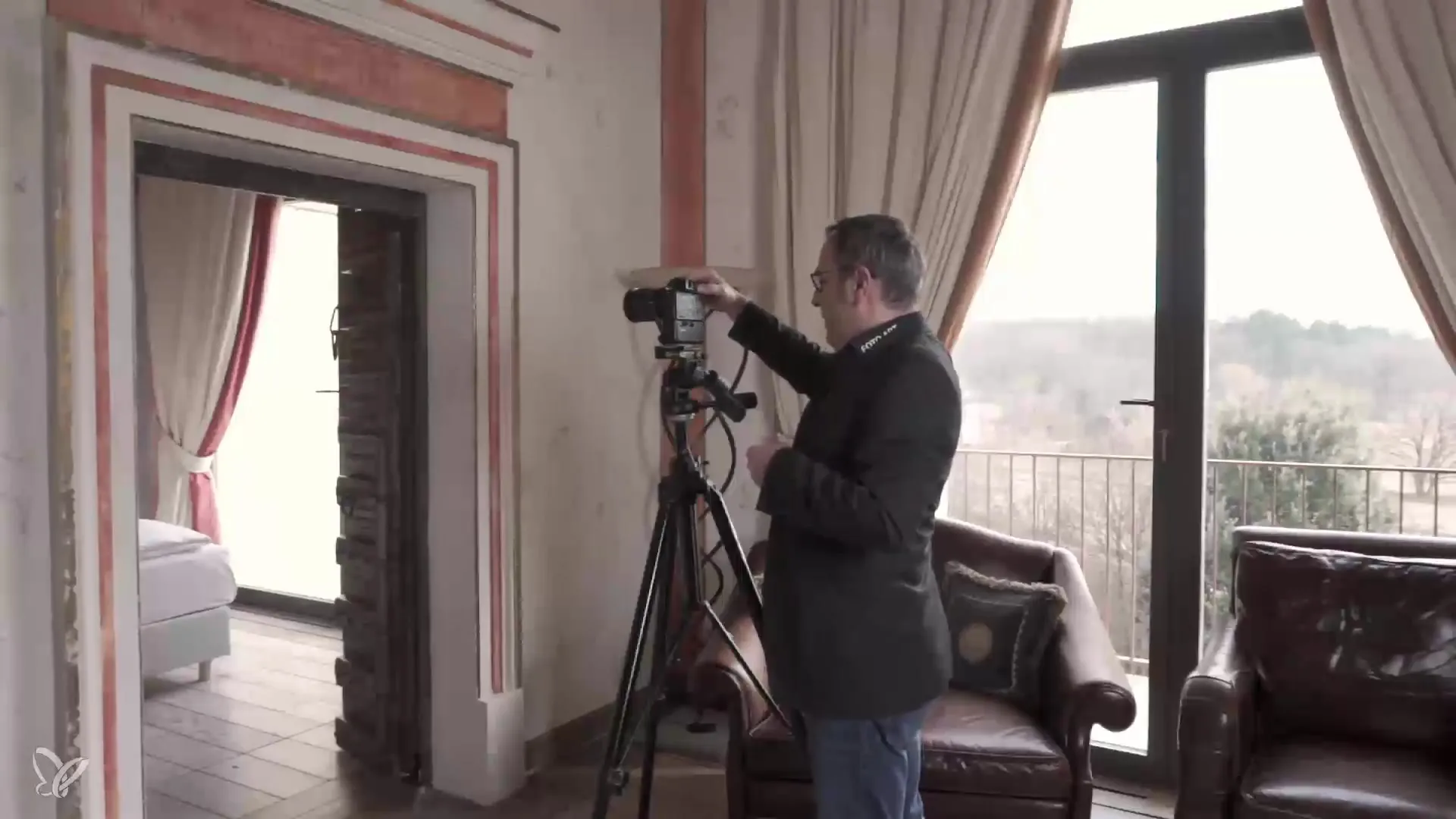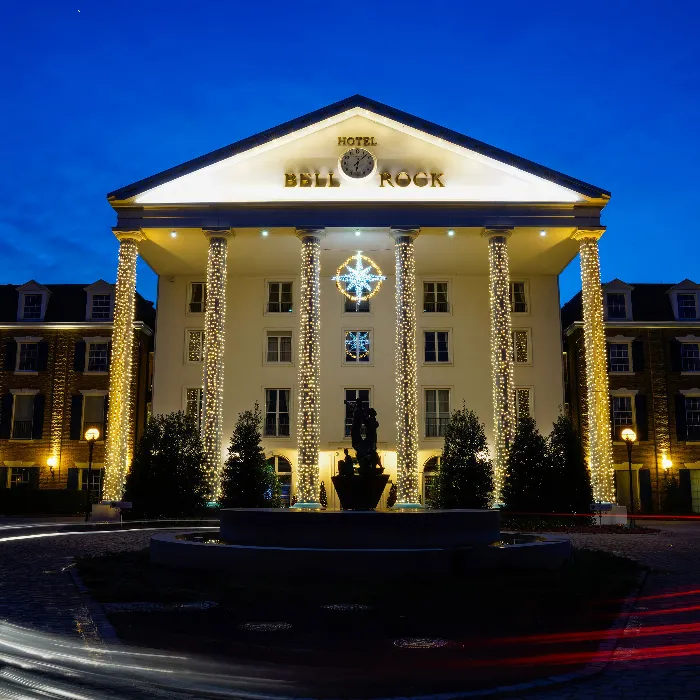The process of hotel photography often presents photographers with the challenge of finding the ideal framing. Especially in the bedroom, it is important to present the space in a way that appears inviting and harmonious. Here you will receive valuable tips on how to give your images more calmness and expression by experimenting with image formats and carefully selecting the subject.
Key insights
- The switch between portrait and landscape format can greatly influence the image effect.
- The parallelism of the camera to lines in the room is crucial for a harmonious image composition.
- A good preparation of the subject, such as adjusting furniture and light sources, contributes to improving image quality.
- By choosing the right aperture, depth of field can be optimized, which is important for a clear image effect.
Step-by-Step Guide
1. Finding the Subject
Start by exploring the bedroom and try to take different perspectives. Consider whether a portrait or landscape format would be better for presenting the space. In the video, a landscape format is chosen to highlight the harmonious colors and pastel tones of the room. Experiment with the position of the camera and different angles.

2. The Right Camera Orientation
Make sure that the lines in the image are straight. If your camera is not parallel to the lines in the room, the image will appear uncomfortable to the viewer. The door frame should be aligned straight to achieve a natural image effect. Here, it is important to align the camera exactly so that everything appears harmonious.

3. Creating a Harmonious Composition
Once the camera is properly aligned, ensure that the bed is positioned in the center of the door frame. This creates balance and gives the image a sense of order. Slow adjustments help refine the composition. Check if all furniture pieces and light sources are evenly distributed, creating a harmonious atmosphere.

4. Preparing the Subject
Before you start photographing, refine the subject. Turn on the lights, carefully arrange pillows and decorations on the bed, and ensure that distracting elements like cables or unwanted objects are removed from the field of view. Take your time to ensure everything looks perfect.

5. Choosing the Image Format
The landscape format is ideal for presentation on the internet and in print materials. This format allows the viewer to see the entire composition of the room. Even if you are considering a portrait framing, it is helpful to draw it from a landscape format to allow enough space for later adjustments.

6. The Technical Implementation
With the camera aimed at the bed, the actual photography process begins. Make sure to choose the focus point correctly and stop down to achieve a good depth of field. An aperture setting of 11 is a good starting point to depict both the foreground and background sharply.

7. Conducting an Exposure Series
To test for optimal exposure and depth of field, conduct an exposure series. Start with an aperture of 11 and move to larger values (e.g., aperture 16 and 22) to achieve the best results. This ensures that you have a variety of image data available for post-processing.

8. Post-Processing the Images
After photographing, it's time to select the best shots and optimize them in image editing. Remove impurities or distracting objects like cables or unnecessary decorations. Targeted post-processing can significantly enhance your images and give them the final touch.
Summary - Hotel Photography: Bedroom - Tips for the Perfect Shot
Throughout this guide, you have learned how important the choice of image format, camera orientation, and subject preparation are for hotel photography. The right technical settings combined with careful post-processing lead to appealing and professional images of your bedroom.
Frequently Asked Questions
What should I consider when photographing a bedroom?Pay attention to camera orientation, harmony of the furniture in the image, and adequate light source.
Why is landscape format better suited for hotel photography?Landscape format gives a better overview of the space and is ideal for presentation in print materials and on the internet.
How can I optimize the depth of field of my images?Use an appropriate aperture (e.g., aperture 11) and conduct an exposure series to achieve the best results.
How do I prepare the bedroom for photography?Ensure everything looks neat and appealing, remove distracting objects, and ensure good lighting.
What can I improve in post-processing?Remove unwanted elements, adjust colors, and optimize sharpness to achieve a professional image.

